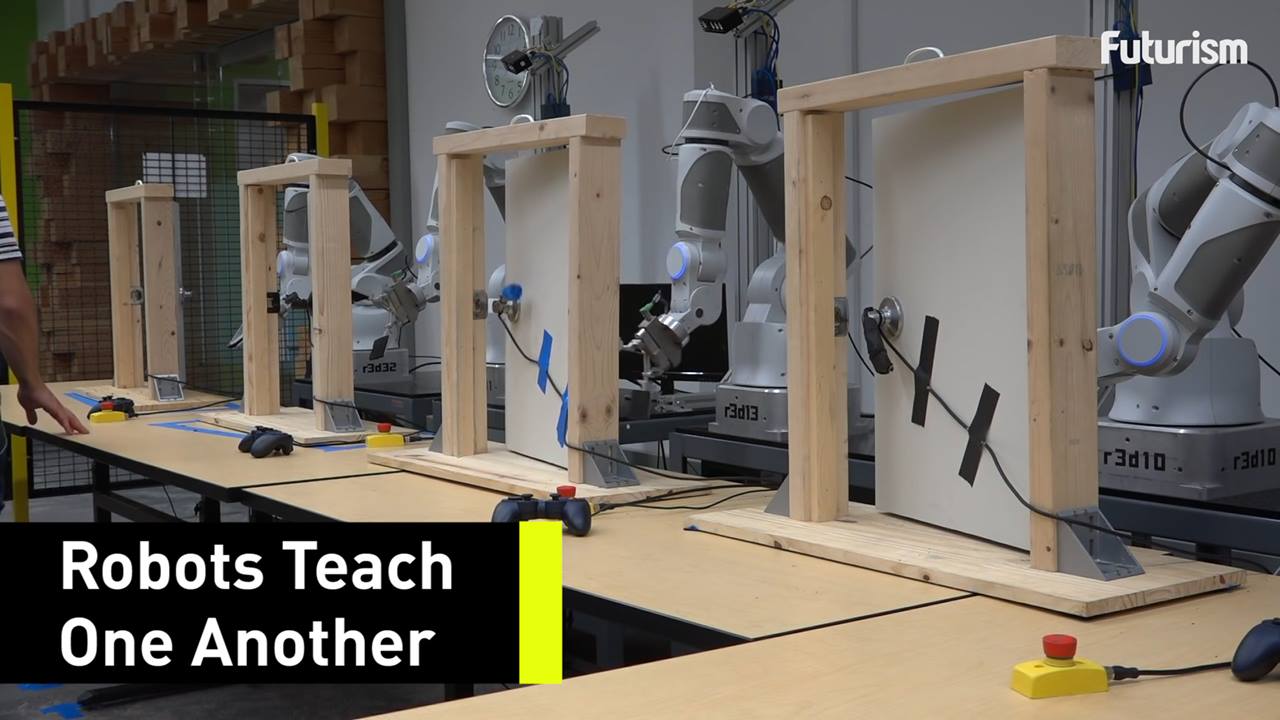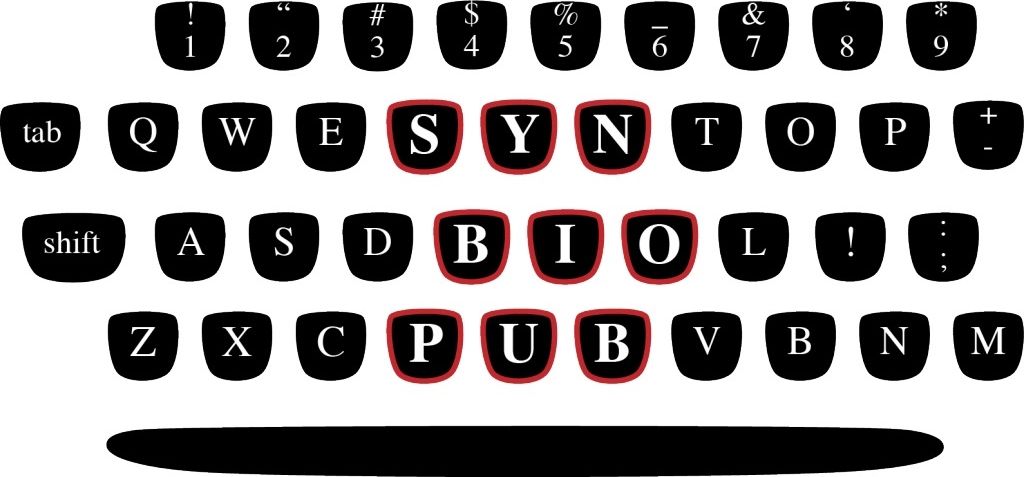Page 10773
Oct 29, 2016
Nothing Teaches a Robot Like Another Robot
Posted by Elmar Arunov in category: robotics/AI
Oct 29, 2016
Space, the Final Frontier for Cybersecurity? | Chatham House
Posted by Odette Bohr Dienel in categories: business, governance, government, policy, space, treaties

“A radical review of cybersecurity in space is needed to avoid potentially catastrophic attacks.”
Oct 29, 2016
George Lucas Presents Two New Designs For His Beleaguered Museum — By Mark Wilson | Fast Company
Posted by Odette Bohr Dienel in categories: media & arts, space, space travel

“After being spurned in Chicago, Lucas’s Museum of Narrative Art is looking for a West Coast home.”
Oct 29, 2016
A Selection of Recent Research on Exercise and Aging
Posted by Steve Hill in categories: biotech/medical, health, life extension
Exercise is a good idea if you want to live long enough to see new technologies arrive that could change how we age.
A fair amount of interesting research on the topic of exercise and aging passes by every month. Most is not really worth commenting on here, other than to reinforce the point that there is a very, very large body of evidence to link regular exercise with improved long-term health and reduced mortality. Since I did note a few items worth reading recently, I thought I’d bundle them together for today’s post as just such a reminder. In human studies the evidence for exercise tends to be a matter of correlation more often than causation, but the corresponding animal studies, in which researchers can put individuals into groups by level of exercise and observe the results across the life span of a cohort, leave no doubt as to the benefits provided by regular exercise. The results over the long term remain better than anything a basically healthy individual can obtain from medical science today, say to say, though that statement won’t be true for many more years given the progress being made towards rejuvenation therapies. You can’t exercise your way to ensuring a life span of 100 years, it isn’t that large of an effect, but the benefits that can be realized are available, reliable, and free. It makes sense to take advantage of them.
The high level summary of the present research community consensus on the health benefits of exercise is that it, like many things in health and medicine, appears to have a U-shaped dose-response curve with the 80/20 point somewhere around about or a little above the standard recommendations for half an hour to an hour a day of moderate aerobic exercise. While elite athletes are shown to live a few years longer than the rest of us, it remains unclear as to whether that is due to the large amount of physical exercise or due to the fact that more robust people — who would live longer anyway — tend to have a better shot at succeeding in the world of professional athletics. At the other end of the dose-response curve, the growing use of accelerometers in studies has demonstrated that even modest levels of exercise, such as infrequent gardening or cleaning or walking, have noticeable correlations with health and mortality.
Continue reading “A Selection of Recent Research on Exercise and Aging” »
Oct 29, 2016
A real-world Babel Fish: using neural networks for better translations
Posted by Elmar Arunov in categories: innovation, robotics/AI
Center for Data Science Professor Kyunghyun Cho talks improving multi-way, multilingual translations.
Although machines can outperform humans in almost any skill set today, there is still one process that they have yet to master: translation. Several students learning a second or third language in particular will have undoubtedly encountered some of the more hilarious results produced by Google (mis)Translate.
But a solution was recently proposed by the Center for Data Science’s very own Kyunghyun Cho. Together with Yoshua Bengio and Orhan Firat, their innovative model — which is the first to handle multi-way, multilingual translations — clinched the runners-up position for best paper at the 2016 Annual Conference of the North American Chapter of the Association for Computational Linguistics.
Continue reading “A real-world Babel Fish: using neural networks for better translations” »
Oct 28, 2016
Synthetic human genome project releases its draft timeline
Posted by Karen Hurst in category: biotech/medical
The research group behind an effort to synthesize a human genome this week released more information about its plans, including a draft white paper with a timeline of how the research might go.
It’s the latest step in the ambitious project, originally named “Human Genome Project-Write,” which came to light after a May meeting to discuss the building of large genomes from off-the-shelf parts.
Within a year, the international group will select one small-scale research project to kick off the effort, and start a “major effort to engage with representative members of the public,” according to the draft road map. By year five, it will “shift into high gear” and start tackling the creation of entire genomes — maybe human or maybe not, depending on feedback.
Oct 28, 2016
Invasion Of The Molecular Math Robots
Posted by Karen Hurst in categories: biotech/medical, mathematics, robotics/AI
SciWorks Radio is a production of 88.5 WFDD and SciWorks, the Science Center and Environmental Park of Forsyth County, located in Winston-Salem.
We’ve come a long way from stone tools. With great complexity, we manufacture things like jet airplanes, interplanetary probes, medical tools, and microprocessors. We build with a top-down approach, starting with a big picture concept which we then design and assemble in pieces.
Duke University professor of computer sciences, Dr. John Reif, notes that nature works from the bottom up to assemble complex structures in three dimensions.
Oct 28, 2016
PLOS Synthetic Biology Community
Posted by Karen Hurst in categories: bioengineering, biological
The field, or at least the widely used term, of synthetic biology (synbio) started nearly two decades ago. As the field has matured, two PLoS ONE papers have analyzed the publishing data to look at trends, language, and connections among synbio researchers. This data provides snapshots of who’s publishing, what kind of research is being published, when it’s being published, and where it’s being published. The question of why is certainly open for interpretation but the growth dynamics of synthetic biology publishing can give some sense of why a the term has stuck as a useful unifying term.
In 2012, researchers used Thomson Reuters Web of Science publishing data to map where people are publishing synbio research, how those people are connected, and who’s funding it. More recently, three French researchers also used data from the Thomson Reuters Web of Science to assess how synthetic biology the different areas of synthetic biology have grown and interacted.
Both of these papers draw interesting pictures of how new terms and ideas spread within an new umbrella term for a kind of research. Together these two papers paint give us some answers to the ‘Who, What, When, Where, & Why’ of synthetic biology.
















